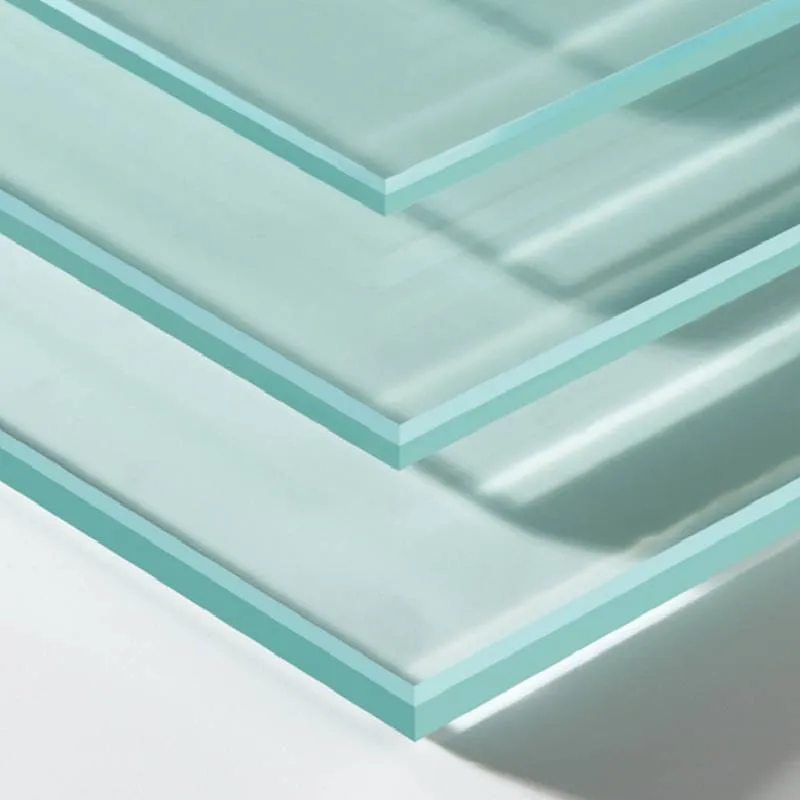The Cost of Float Glass Production Line An Overview
Float glass, a type of flat glass that is widely used in construction, automotive, and interior design, is produced through a sophisticated manufacturing process. The float glass production line is a critical component in the glass manufacturing industry, as it significantly impacts both the efficiency and quality of the final product. Understanding the costs associated with setting up and operating a float glass production line is essential for manufacturers looking to invest in this technology.
Initial Investment Costs
Setting up a float glass production line requires a significant initial investment. The costs involved can vary widely depending on factors such as the production capacity, technology used, and geographical location. A typical float glass line comprises several key components, including a furnace, tin bath, annealing lehr, and cutting and packing machinery.
The furnace is one of the most significant investments, with prices ranging from several million to tens of millions of dollars, depending on its size and capacity. A larger, more advanced furnace that can handle higher quantities and produce a wider range of glass thicknesses will naturally incur higher costs. Additionally, energy efficiency is a crucial consideration, as the furnace consumes a substantial amount of energy during operation.
Ancillary Equipment and Infrastructure
Beyond the furnace, other equipment plays a vital role in the float glass production process. This includes the tin bath, where molten glass is floated on molten tin to create a smooth surface, and the annealing lehr, where the glass is cooled to relieve stresses and ensure quality. Each of these components adds to the overall cost of establishing the production line.
Moreover, infrastructure costs, such as the physical plant and utilities, can also contribute significantly to the total investment. A suitable location requires considerations for the supply chain, including raw material accessibility and transportation logistics. Environmental regulations and necessary safety equipment can further increase initial costs for companies looking to meet industry standards.
Operating Costs
Once the production line is established, ongoing operating costs become a primary concern
. These costs can be categorized into several areas, including raw materials, labor, maintenance, and energy consumption.
float glass production line cost
Raw Materials The primary raw materials for float glass production are silica sand, soda ash, and limestone. Fluctuations in the prices of these materials directly affect production costs. Manufacturers must implement effective supply chain management to secure competitive prices and maintain consistent quality.
Labor Skilled labor is necessary for the operation and maintenance of the production line. Hiring and training workers with expertise in glass manufacturing can incur significant expenses, but it is essential for ensuring safe and efficient operations.
Maintenance Regular maintenance is critical for sustaining production quality and reducing downtime. The costs of maintenance services, spare parts, and periodic upgrades must be factored into the overall budget. Proactive maintenance strategies can help minimize long-term costs by extending the lifespan of machinery.
Energy Consumption The production of float glass is energy-intensive, requiring substantial amounts of electricity and fuel. As energy prices fluctuate, manufacturers must explore innovative energy management solutions. Investing in energy-efficient equipment can lead to significant savings in the long run, particularly as sustainability becomes a growing concern within the industry.
Return on Investment
Despite the high initial and ongoing costs, the float glass production line can yield substantial returns on investment (ROI). As the demand for glass products continues to rise, particularly in the construction and automotive sectors, manufacturers that successfully manage their production lines can enjoy lucrative market opportunities.
Successful glass manufacturers often diversify their product lines to include various types of glass — from solar control and low-emissivity glass to decoratively treated glass — thereby increasing potential revenue streams. Additionally, advancements in technology, such as automation and digitalization, can enhance efficiency, reduce waste, and optimize production processes, leading to improved profitability.
Conclusion
In conclusion, the cost of a float glass production line is multifaceted, encompassing initial investments, operational expenses, and long-term maintenance. While the upfront financial commitment may be substantial, careful planning, effective management, and continuous innovation can maximize returns and position manufacturers favorably within the competitive glass industry. As market demands evolve, the ability to adapt and invest wisely in production technologies will determine the success of float glass manufacturing enterprises.
 Afrikaans
Afrikaans  Albanian
Albanian  Amharic
Amharic  Arabic
Arabic  Armenian
Armenian  Azerbaijani
Azerbaijani  Basque
Basque  Belarusian
Belarusian  Bengali
Bengali  Bosnian
Bosnian  Bulgarian
Bulgarian  Catalan
Catalan  Cebuano
Cebuano  Corsican
Corsican  Croatian
Croatian  Czech
Czech  Danish
Danish  Dutch
Dutch  English
English  Esperanto
Esperanto  Estonian
Estonian  Finnish
Finnish  French
French  Frisian
Frisian  Galician
Galician  Georgian
Georgian  German
German  Greek
Greek  Gujarati
Gujarati  Haitian Creole
Haitian Creole  hausa
hausa  hawaiian
hawaiian  Hebrew
Hebrew  Hindi
Hindi  Miao
Miao  Hungarian
Hungarian  Icelandic
Icelandic  igbo
igbo  Indonesian
Indonesian  irish
irish  Italian
Italian  Japanese
Japanese  Javanese
Javanese  Kannada
Kannada  kazakh
kazakh  Khmer
Khmer  Rwandese
Rwandese  Korean
Korean  Kurdish
Kurdish  Kyrgyz
Kyrgyz  Lao
Lao  Latin
Latin  Latvian
Latvian  Lithuanian
Lithuanian  Luxembourgish
Luxembourgish  Macedonian
Macedonian  Malgashi
Malgashi  Malay
Malay  Malayalam
Malayalam  Maltese
Maltese  Maori
Maori  Marathi
Marathi  Mongolian
Mongolian  Myanmar
Myanmar  Nepali
Nepali  Norwegian
Norwegian  Norwegian
Norwegian  Occitan
Occitan  Pashto
Pashto  Persian
Persian  Polish
Polish  Portuguese
Portuguese  Punjabi
Punjabi  Romanian
Romanian  Russian
Russian  Samoan
Samoan  Scottish Gaelic
Scottish Gaelic  Serbian
Serbian  Sesotho
Sesotho  Shona
Shona  Sindhi
Sindhi  Sinhala
Sinhala  Slovak
Slovak  Slovenian
Slovenian  Somali
Somali  Spanish
Spanish  Sundanese
Sundanese  Swahili
Swahili  Swedish
Swedish  Tagalog
Tagalog  Tajik
Tajik  Tamil
Tamil  Tatar
Tatar  Telugu
Telugu  Thai
Thai  Turkish
Turkish  Turkmen
Turkmen  Ukrainian
Ukrainian  Urdu
Urdu  Uighur
Uighur  Uzbek
Uzbek  Vietnamese
Vietnamese  Welsh
Welsh  Bantu
Bantu  Yiddish
Yiddish  Yoruba
Yoruba  Zulu
Zulu 

